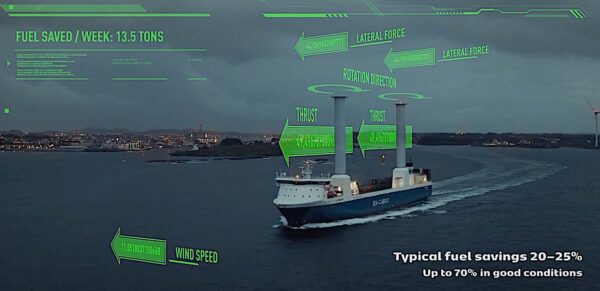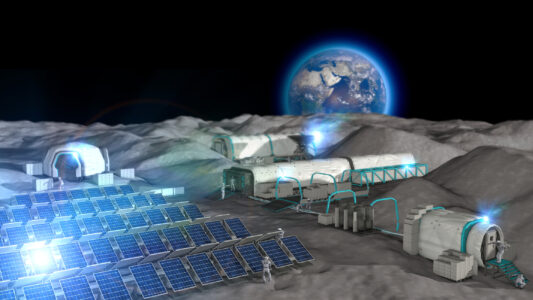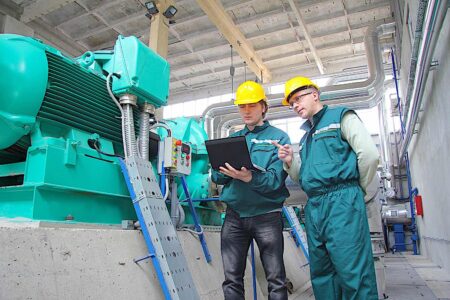China is already developing solar power in space. Although there are technical challenges, scientists say it may be practical and viable in the near future. Unlike earth-based solar arrays, collectors in orbit can collect significantly higher solar power. The primary technical challenge is “beaming” technology to transmit it — but if overcome, it would represent a big leap forward in “green” power production.

In the past, the deployment of space-based solar arrays meant to beam power to earth seemed unreachable. Now, with China planning to invest 2.5 trillion yuan in green technologies — roughly US$367 billion — the technology may become viable.
China Aerospace Science and Technology Corporation plans on a solar space station by 2050, with energy to be beamed to Earth via microwaves — or possibly lasers.
The biggest issue would be safety, with potential hazards to animals, humans and plants that might be in the path of the transmissions. However, the goal of a “never-ending” supply of solar energy makes the project an important one. Other concerns include the potential to “militarize” solar transmission as a weapon.
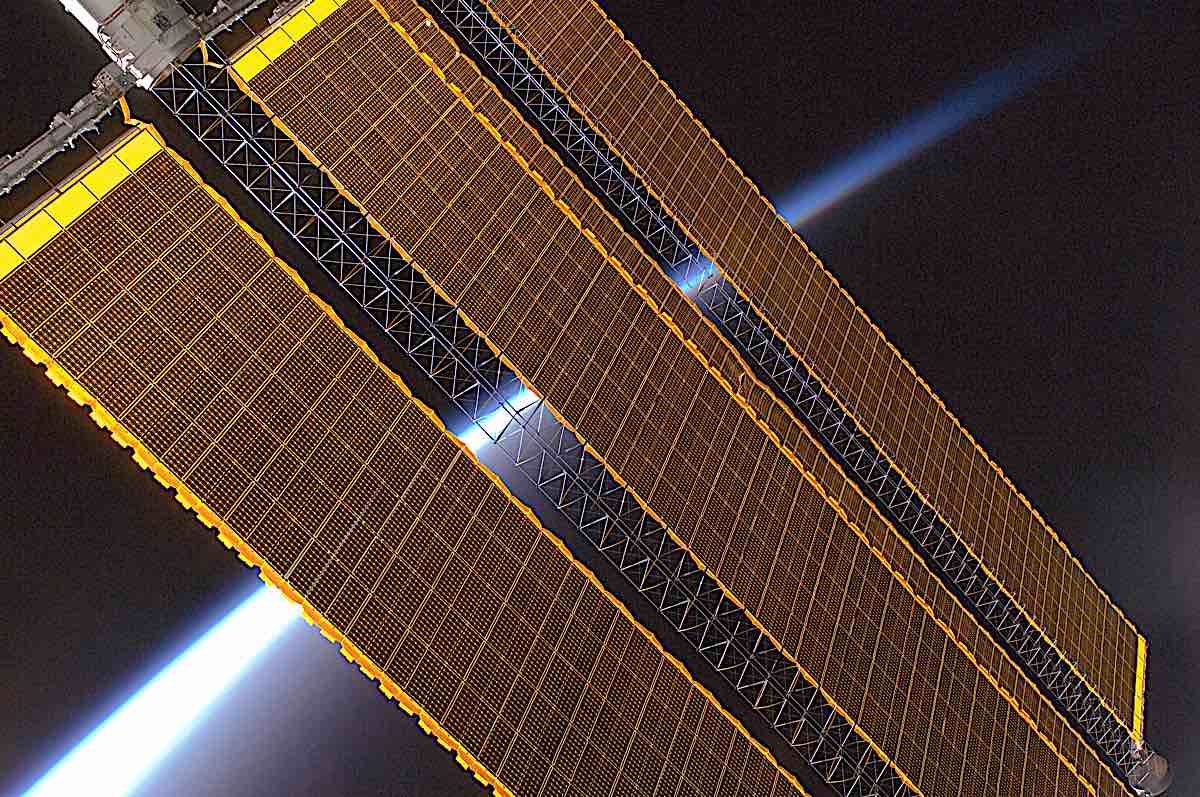
China is emerging as a space superpower, investing billions, and has already proven its capability with a mission to the dark side of the moon and planned missions to send a rover to Mars.
Beaming technology already developed
The technology for “beaming” solar power has been around since the 1960s but was impractical in the past due to the high cost of launch vehicles to transport the solar space station into orbit. Although the cost of launches is decreasing with the privatization of space, another solution is to use 3D printing — or additive manufacturing — to produce parts in space.
The consensus among scientists seems to be that the technologies can be deployed in the near future and that the costs of building solar arrays in space would be more than offset by the benefits — not just environmental, but in terms of low maintenance, high-efficiency solar power. An orbit-based solar plant could harness be collecting and producing 99% of the time.
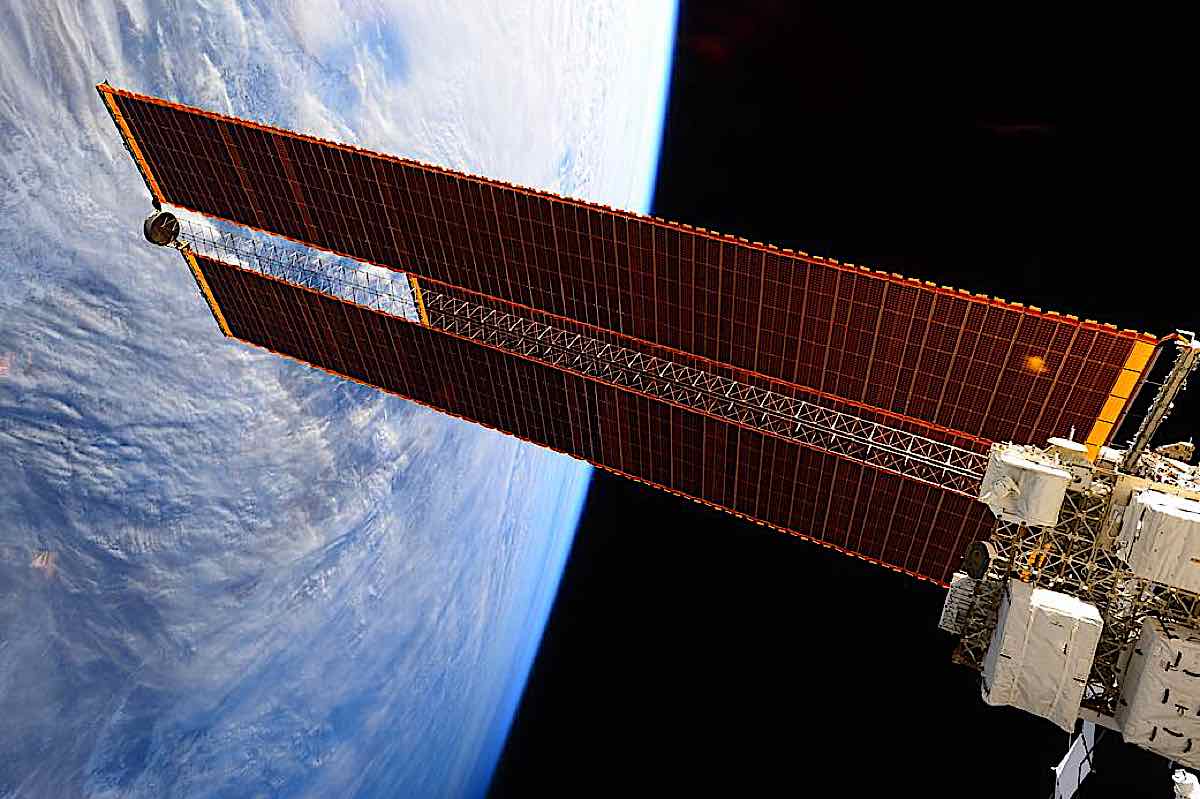
How much power
The experts believe that an operational solar array of 2 square kilometres in geostationary orbit, could produce a full gigawatt of power. [1]
The logistics, however, are significant. To use humans for assembly would be cost inefficient and unsafe. This means that robot assembly and potentially 3D additive manufacture in space would be critical to avoid excessive expense from numerous launches from earth.
China Aerospace and Science Technology Corporation plans to test small solar satellites as soon as 2021. They plan on having a full-sized array in production, beaming power to earthy, by 2050.
Making it work
1. Build a solar farm in a geostationary orbit directly over a receiving station on Earth.
2. Develop a viable microwave or laser transmission system.
3. Build an electrical grid from the collecting station to feed the electrical system.
Unlike other countries, where solar power on this scale would be “disruptive” technology to existing energy producers, China is in the post position to develop and deploy a viable system.
NOTES
[1] CNN report “China plans solar power in space.”



















